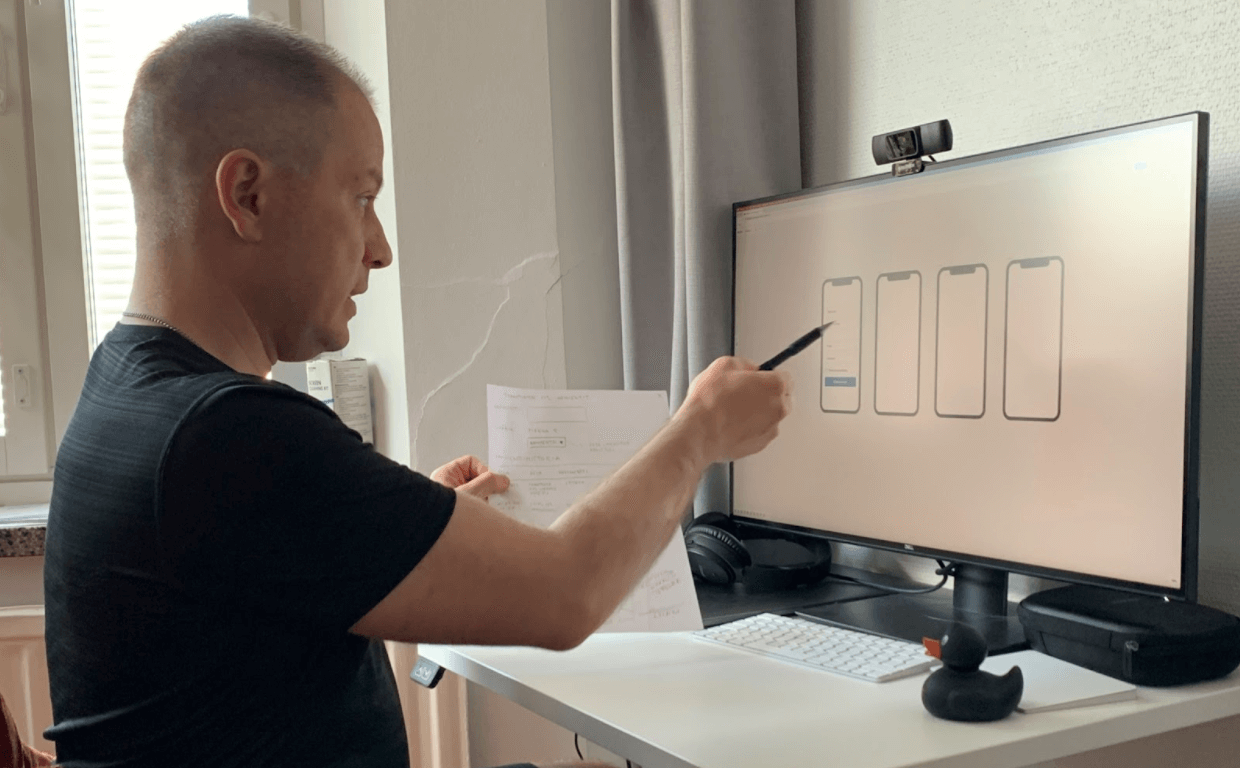Design critique is an essential part of design communication.
Anyone who has demoed or presented software, UIs, ideas and so on, has experienced how the feedback given on the presentation focuses on insignificant details or isn’t constructive. As I stated earlier, presenting a business-oriented solution or a use case may help steer the feedback in the right direction. You can also try to facilitate constructive feedback with questions and design critique.
Workshopping brings structure to feedback
Design critique can be defined as a method where the designer of the solution invites others to review the functionality of the solution with respect to its goals. The critique conversation can be had in a meeting or a workshop where the designer presents the solution, goals and relevant background. The reviewers focus on how the solution serves its goals and ask the designer clarifying questions. Ideas about new solutions and further development are to be discussed after the review in order to fully assess the functionality of the presented solution. The book Discussing Design presents a detailed description of the method.
Adjust to find the method that works for you
A workshop might be the most productive way to utilize design critique, but organizing one isn’t always possible. Next, I’ll present some ideas to adapt the method.
Try the rubberduck method on video
Rubberduck debugging is the story of a method where a developer presents their software out loud to a rubber duck and discovers the possible errors in the software’s logic. If a suitable sparring buddy isn’t available, you can use the same method to identify gaps in your ideas and plans. Together with my mentor Kimmo we discussed an adaptation of the method where the presentation is recorded on video. If you manage to keep the number of retakes low, it’s likely that your idea is clear and your solution is mature. You can verify this by watching the video and coming up with clarifying questions. I put this method into practice in my current project and I’m very likely to give it a go in the future as well.




